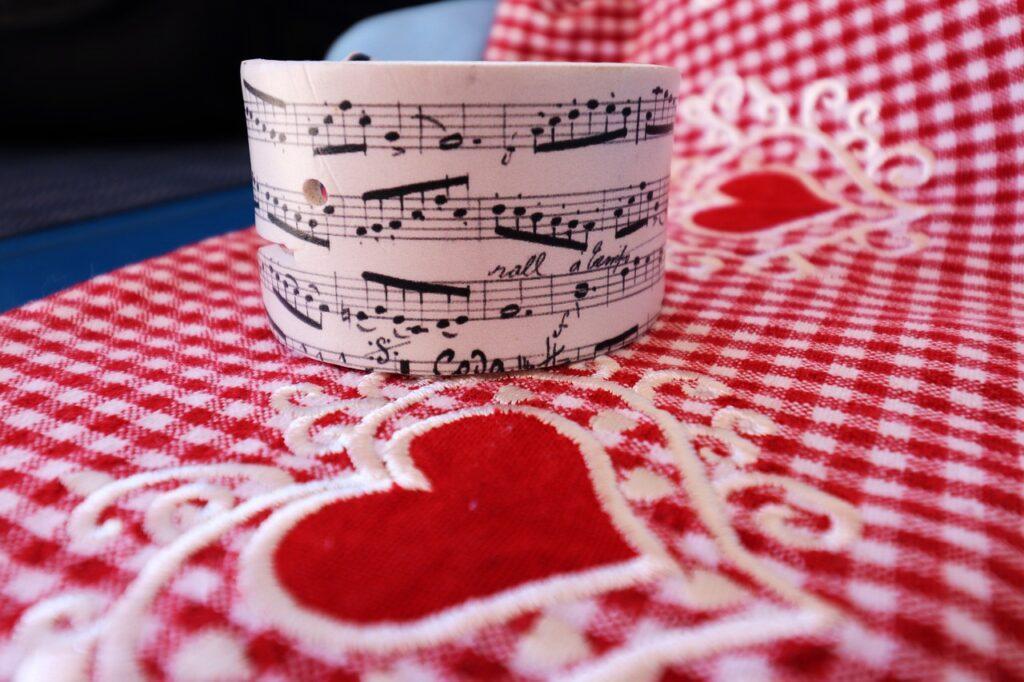Do you want to write better songs using vivid imagery? Do you need to learn about figurative imagery? Figurative imagery expands your pallet of description beyond just literal imagery. Metaphors and similes are important literary tropes that help you to do just that. Read more to learn the answer to the question, “How do I write good songs using metaphors and similes?” Estimated reading time 2 minutes.
Read More

